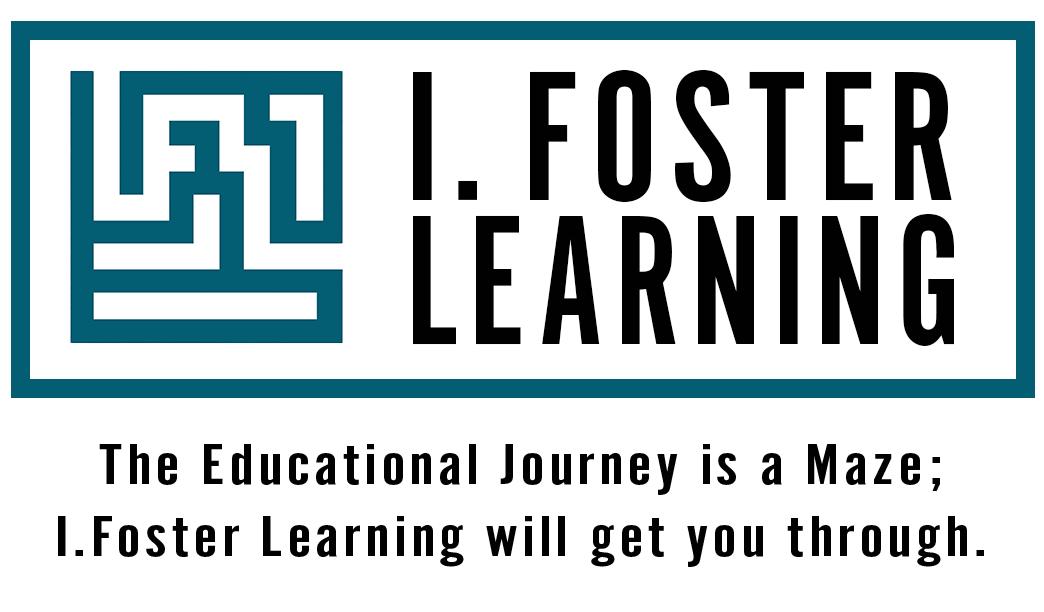Choosing between the final two answers…
We hear this all the time from our students: “I get it down to two answers and then I can’t decide!” This is one of the most challenging aspects of reading comprehension on standardized tests - how to choose between the final two.
It’s not surprising that students can eliminate 2 or 3 wrong answer choices right off the bat. Some answers will be obviously wrong, but they can’t all be obviously wrong - that would be too easy! Where students get tripped up is when they want to apply the same initial elimination technique to the remaining answer choices - but instead they need to do something different.
Students need to employ two distinct mindsets when working through reading comprehension answer choices. Phase one is to get rid of the obviously wrong stuff as quickly as possible. That’s the easy part. But then the student needs to slow down and think carefully about what’s left.
We encourage students to make predictions about what they want the answer to look like: if a student can match an answer to their prediction, that’s ideal. If they can’t, they should try to eliminate answers that follow predictable wrong-answer patterns that show up in all standardized tests: extreme language (an answer that contains “all” when the passage only said “some”); the “right answer to the wrong question” (the answer is about paragraph 2, but the question was about paragraph 3); and an answer that is “true in the world but not relevant to the passage” (a bland comment that no one would disagree with, but is unrelated to the central argument of the text).
We frequently say to our students, “sometimes you’ll end up picking an answer that you don’t love, but you should never pick an answer choice that you know in your heart is wrong.” Students can sometimes gravitate to answer choices just because they understand all of the individual words, even though they know those words don’t answer the question correctly. Students need to trust themselves and be willing to select an answer choice that they might not completely understand, but know, by process of elimination, must be correct.
Getting the answers down to 2 is already a win - let’s talk about how to get the rest of the way!
